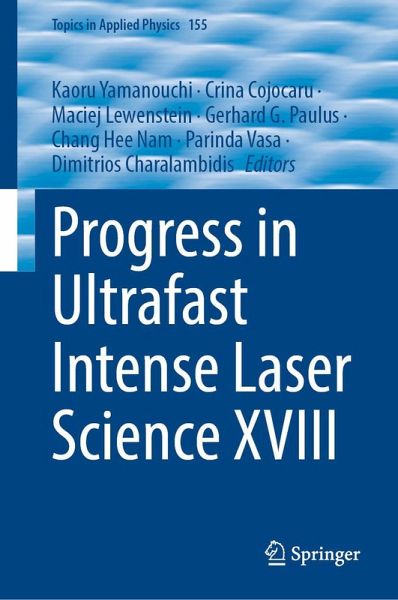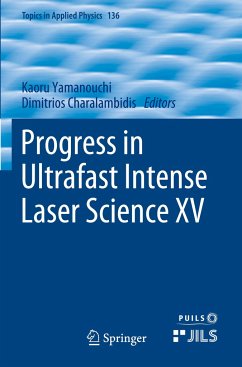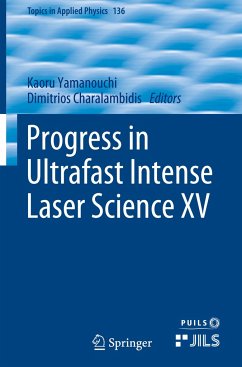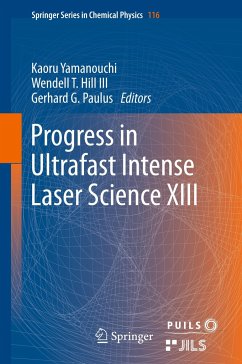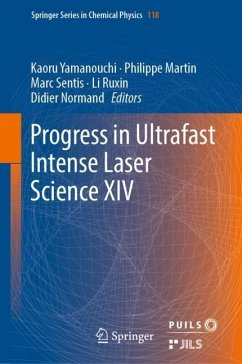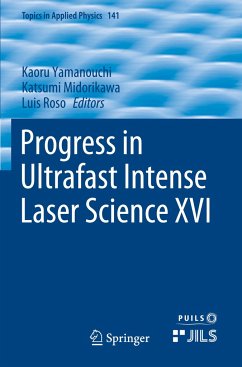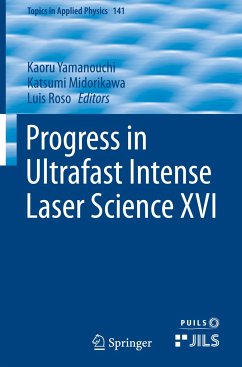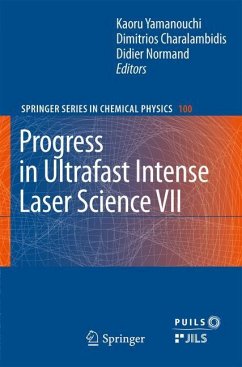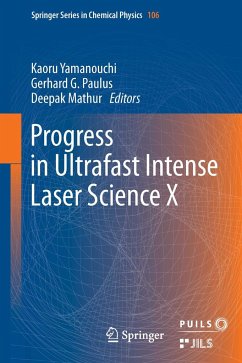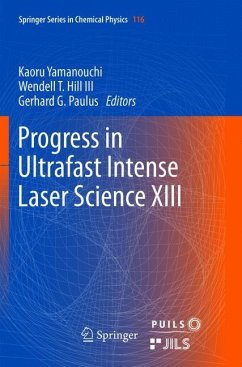Kaoru Yamanouchi is currently Emeritus Professor of the University of Tokyo and Director of Institute of Attosecond Laser Facility, the University of Tokyo. His research fields are in physical chemistry, especially intense laser science, attosecond laser science, laser spectroscopy, chemical reaction dynamics, and quantum computing of atomic and molecular systems. In 1996, he launched a new research project to investigate how atoms, molecules, and clusters respond to an intense laser field. By developing new experimental techniques such as mass-resolved momentum imaging, pulsed gas electron diffraction, and coincidence momentum imaging, he has continued a successful exploration of the new research field of ultrafast intense laser science. Among his discoveries, ultrafast structural deformation of molecules and ultrafast hydrogen atom migration within hydrocarbon molecules are noteworthy. Crina Cojocaru received her Ph.D. in Physics from the Universitat Politècnica de Catalunya (UPC), Barcelona, 2002. After two years as Marie Curie post-doc researcher at LPN-CNRS, Paris, France, she returned at UPC, first as Lecturer, Associate Professor, and Full Professor since 2022. Her research covers different aspects of optics and photonics and focuses to ultrashort laser pulse nonlinear optics in a variety of materials (photonic crystals, nanomaterials, metasurfaces). She leads the “Nonlinear Optics and Lasers” laboratory. For over 25 years, she made contributions to several subjects: 1) nonlinear effects in photonic crystals and modulated materials; 2) nonlinear effects at nanometric scale; 3) ultrashort laser pulse characterization; 4) active nonlinear devices; 5) diffraction control in photonic crystals; (5) laser induced ultrasound for non-destructive testing and 3D defect reconstruction. Maciej Lewenstein graduated from Warsaw University in 1978. He joined the Centre for Theoretical Physics of the Polish Academy of Sciences in Warsaw, where he remained for 15 years and became a professor in 1993. He finished his Ph.D. in Essen in 1983 and habilitated in 1986 in Warsaw. He has spent several long-term visits at Universität Essen, at Harvard University with Roy J. Glauber, at Commisariat a l'Énergie Atomique in Saclay with Anne L'Huillier, and at Joint Institute for Laboratory Astrophysics at Boulder. He was in the faculty of CEA in Saclay (1995–1998) and of the Leibniz University Hannover (1998–2005). In 2005, he moved to Catalonia as a ICREA research professor to lead the quantum optics theory at the Institut de Ciències Fotòniques (ICFO) in Castelldefels. Gerhard G. Paulus studied physics at the University of Munich. While working at the Max Planck Institute of Quantum Optics, he received his Ph.D. in 1995 and the venia legendi in 2002. His thesis advisor was the late Herbert Walther. In 2003, he was appointed associate professor at Texas A&M University (USA) and in 2007 full professor at the University of Jena (Germany). He is a co-founder of the Helmholtz-Institute Jena and belongs to its board of directors. Paulus has authored a considerable number of highly cited works. In particular, he is known for the discovery of the plateau in above-threshold ionization spectra, the twin-effect of the high-harmonic plateau, and for his work on the detection, measurement, and application of the carrier-envelope phase of few-cycle pulses. Chang Hee Nam, professor emeritus of GIST and honorary research fellow of IBS, received his Ph. D. in plasma physics from Princeton University in 1988. After working at Princeton Plasma Physics Laboratory as a staff research physicist until 1989, he joined Korea Advanced Institute of Science and Technology (KAIST) as a faculty member and became a full professor in 1998. He started the Coherent X-ray Research Center in 1999 for investigations of attosecond science. After moving to Gwangju Institute of Science and Technology in 2012, he launched the Center for Relativistic Laser Science (CoReLS), a research center of Institute for Basic Science (IBS), for the exploration of strong field physics using femtosecond PW lasers, serving as the director until 2023. He is a fellow of American Physical Society and of Optica (formerly Optical Society of America). Parinda Vasa, Professor at Department of Physics, Indian Institute of Technology Bombay, India, received Ph.D. in physics from Tata Institute of Fundamental Research, India, in 2006. In the same year, she received fellowship from Alexander von Humboldt Foundation, Germany, and later in 2008 the “Faculty for the future” Fellowship from the Schlumberger Foundation to conduct research at Carl von Ossietzky University Oldenburg, Germany. Since 2011, she is a faculty member at Indian Institute of Technology Bombay. Her research interests include experimental exploration of energy transfer and dynamical processes in metal and semiconductor nanostructures. For her research work, she has received several awards and recognitions including Young Scientist Medal by Indian National Science Academy, Department of Science and Technology, India Young Career Award in Nanoscience and Nanotechnology, and Science and Engineering Research Board (Government of India) POWER Fellowship. Dimitris Charalambidis obtained his Doctoral Degree in Physics from the Albert Ludwigs Universität Freiburg (Germany) in 1988. From 1988 to 1991, he was a research associate at FORTH/IESL. He joined the University of Crete as an assistant professor in 1992, became associate professor in 1996, and full professor in 2004. He retired and was elected emeritus professor in 2020. He was an affiliated faculty member of FORTH/IESL until June 2024 and is currently affiliated faculty member of FORTH/IA and chief scientific advisor of ELI-ALPS. His scientific interests and activities are in AMO physics, atoms in strong electromagnetic fields, intense attosecond science and technology, laser-surface interactions, coherent XUV and x-ray sources, coherent phenomena, multi-XUV-photon processes, and XUV-pump-XUV-probe spectroscopy. He has published approximately 130 papers in refereed journals, receiving around 3000 non-self-citations and an h-factor of 33 (source web of science).
